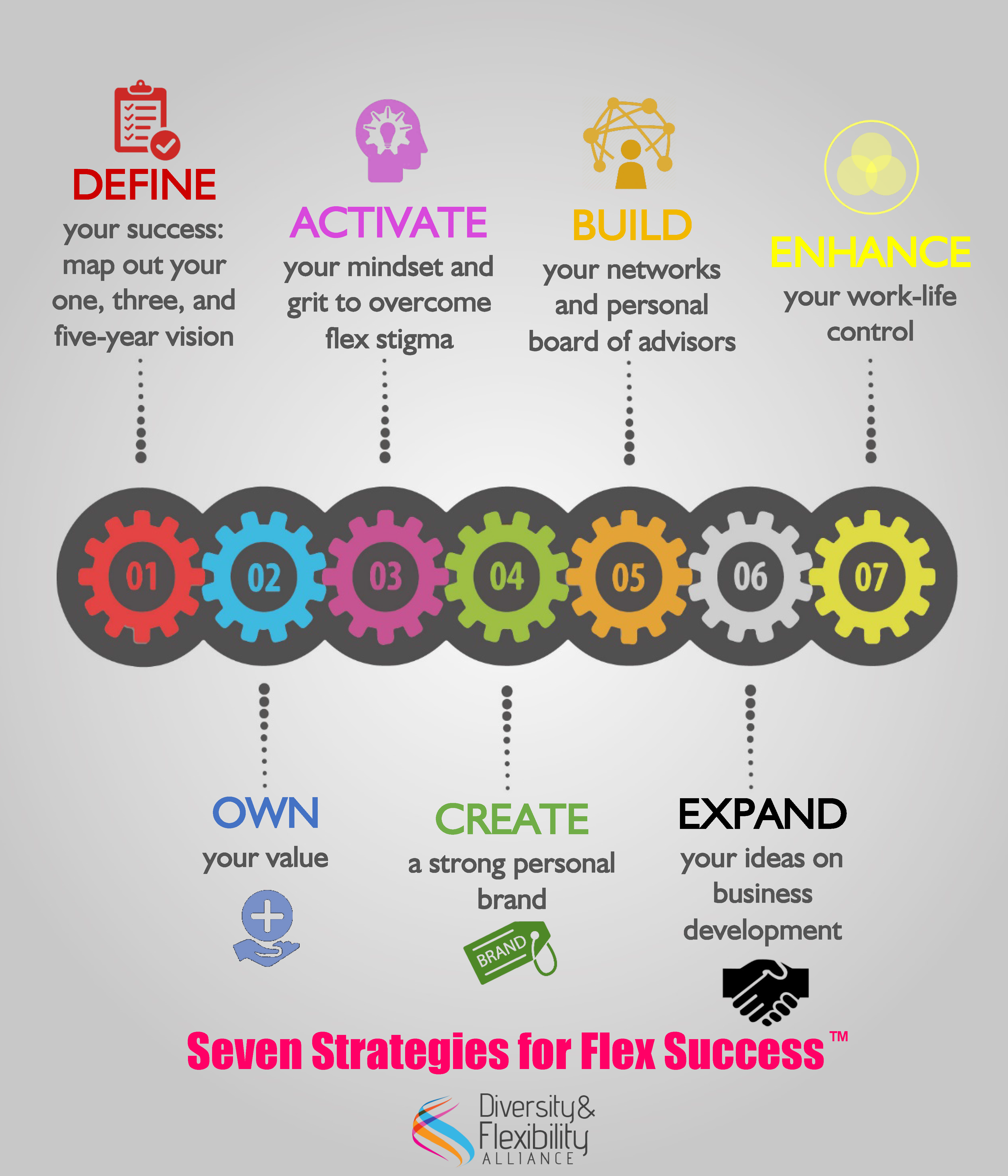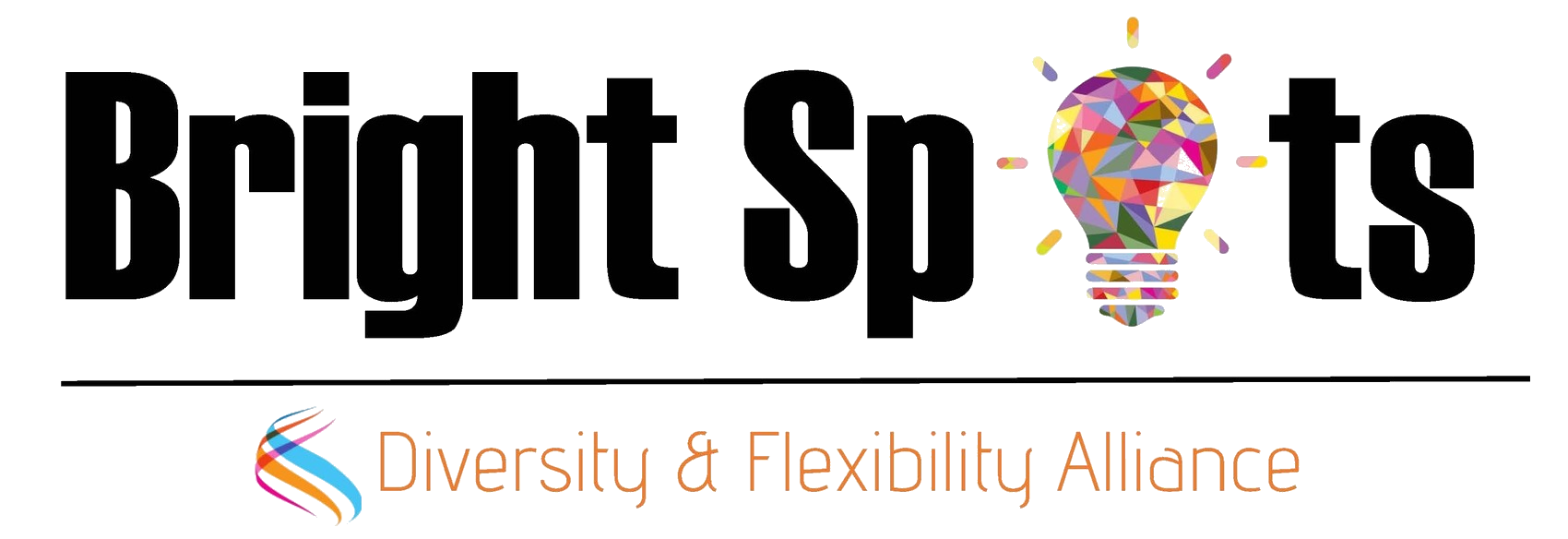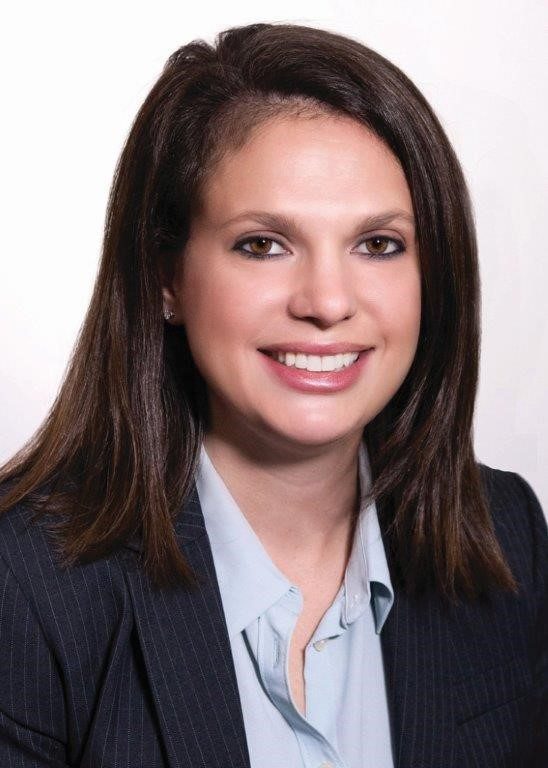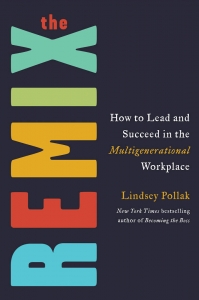This is the sixth in a series of seven blog posts featuring advice on our Seven Strategies for Flex Success®. We’ve covered Defining Your Success, Owning Your Value, Activating your Mindset and Grit, Creating Your Brand and Building Your Network. Next it’s important to expand your business development efforts. To learn more about successfully navigating your flexible schedule and maximizing your career potential, register for our virtual Flex Success® Institute.
 No matter what industry you’re in, it’s always a good idea to stay one step ahead of your business, your clients, your customers or your marketplace. You always want to be thinking about tomorrow and where your career is headed and where your income is coming from. While you might approach business development in a slightly different manner in light of your flexible schedule, it’s still imperative that you dedicate time to business development and to generating your future revenue.
No matter what industry you’re in, it’s always a good idea to stay one step ahead of your business, your clients, your customers or your marketplace. You always want to be thinking about tomorrow and where your career is headed and where your income is coming from. While you might approach business development in a slightly different manner in light of your flexible schedule, it’s still imperative that you dedicate time to business development and to generating your future revenue.
The sixth strategy in our Seven Strategies for Flex Success® is Expand Your Business Development. Whether you’re working with clients or reporting to internal supervisors, make sure you’re demonstrating a deep understanding of their needs, business realities and serving as a trusted advisor to help them accomplish their current and future goals. To help you build future clients, projects and customers, you should turn to the network of colleagues, mentors, sponsors and former classmates that you built in the Fifth Strategy. This network can help you expand your reach and enhance your ideas on business development, key elements to creating more autonomy in your career and ultimately greater work-life control.
You may be concerned about investing time in business development when you’re working a reduced hours schedule and therefore already have less time for work. However, many professionals working a reduced hours schedule have told us that their flexible schedule has allowed them to excel at business development and, in fact, has become integral to their career success. It’s important to incorporate time into your flex schedule for business development as well as for activities that will raise your personal profile such as speaking engagements, publishing articles and papers and networking.




 Over the years we’ve asked professionals about their roads to flex success. “Even if you don’t feel confident, you have to exude confidence,” said one executive. The best way to feel confident is by knowing your strengths and identifying what makes you unique. It’s important to find ways to incorporate these assets and skills into everything you do. This is the value-add that will make you a go-to resource for your colleagues, supervisors and clients, and it’s the lever that provides you with greater choice, including flexibility in your schedule.
Over the years we’ve asked professionals about their roads to flex success. “Even if you don’t feel confident, you have to exude confidence,” said one executive. The best way to feel confident is by knowing your strengths and identifying what makes you unique. It’s important to find ways to incorporate these assets and skills into everything you do. This is the value-add that will make you a go-to resource for your colleagues, supervisors and clients, and it’s the lever that provides you with greater choice, including flexibility in your schedule.

